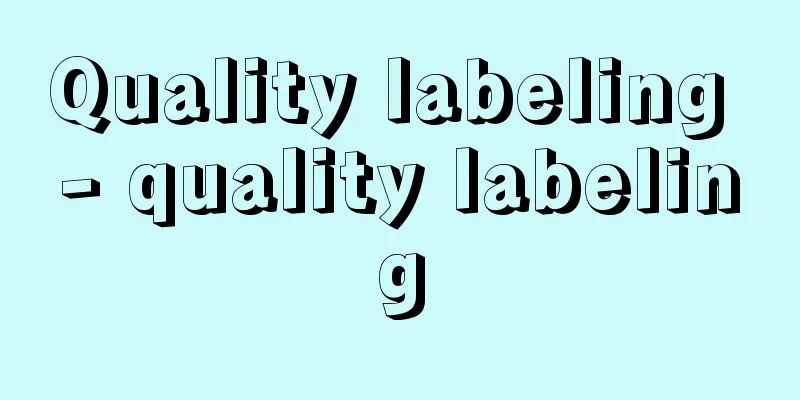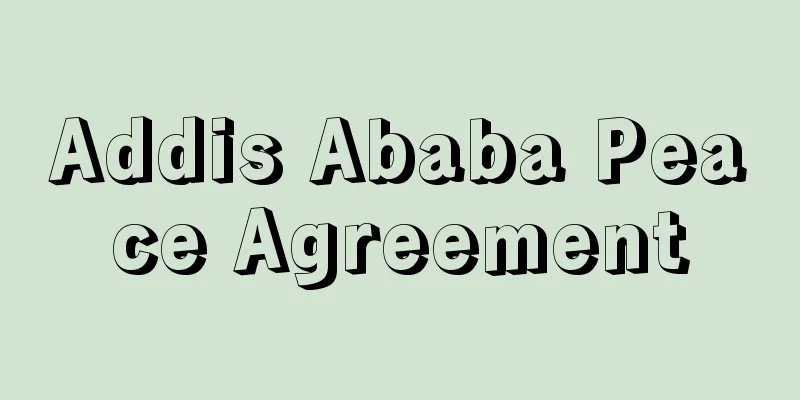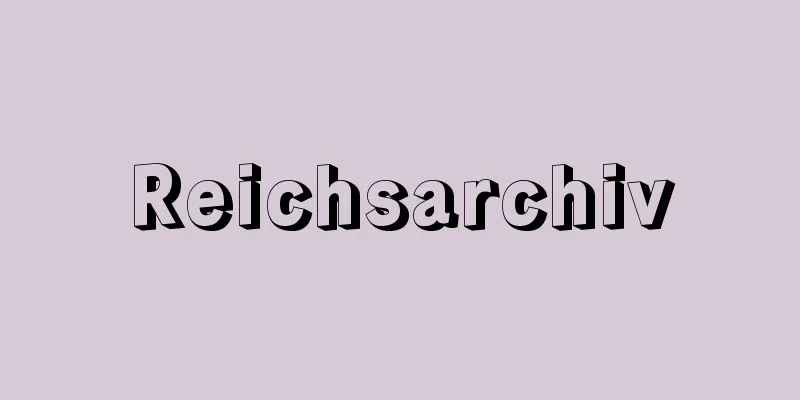Quality labeling - quality labeling

|
In order for consumers to select and purchase products and services, they need to be labeled in a way that allows them to understand their functions and benefits. Quality labeling is used for this purpose, and the content of the labeling is centered on the product's functions and benefits, as well as the materials and composition that are the basis for these. Labeling must be done properly so that consumers do not make the wrong choice of product or service, so it is done together with regulations against misleading representations. Quality indication has been practiced since ancient Egypt by attaching letters and marks. Marks indicate a certain level of quality assurance; for example, products from Nuremberg in medieval Germany were marked with the letter "N" and recognized as high quality products, and even in Japan during the Muromachi period, the Kyoto sake shop Yanagiya used its six-star crest to distinguish its sake from others. The indication of quality assurance through marks developed into the trademark registration system, where quality indication is based on trust by attaching a trademark that legally excludes others from using it. However, as products come to be mass-produced by many companies, labeling based on the credit of each individual company is no longer sufficient to prevent the emergence of inferior products, so national quality standards such as JIS and JAS are established to ensure a certain level of quality in society, and products that meet these standards are indicated with a mark. Furthermore, as product compositions and functions become more complex, laws are made to require the labeling of materials and functions of individual products with letters and marks on the product itself, containers, packaging, etc., and improper labeling and non-labeling are punished. This is to ensure proper selection and use, and to avoid social confusion caused by incorrect use. Examples of mandatory labeling include the Food Sanitation Act, Pharmaceutical Affairs Act, Electrical Appliance and Material Safety Act, Household Products Quality Labeling Act, and Installment Sales Act. As for the crackdown on unfair labeling, the Law for Prevention of Unfair Premiums and Misrepresentations was enacted in 1962, which enabled the elimination and correction of unfair labeling. Industry groups also concluded rules that stipulated what should be labeled on products and what labeling would be unfair, enabling the optimization of quality labeling, and these rules have been established for many products, including automobiles, real estate, and milk. [Kuniyuki Ueki] "Ueki Kuniyuki, 'Unfair Representation Law as Seen in Judicial and Appeal Decisions' (1996, Commercial Law Research Association)" ▽ "Fair Trade Commission, 'Regulation of Unfair Representation and Excessive Premiums' (1998, Fair Trade Association)" [Reference items] | | | | | |Source: Shogakukan Encyclopedia Nipponica About Encyclopedia Nipponica Information | Legend |
|
消費者が商品、サービスを選択、購入するためには、その機能、効用などが理解できるような表示がされている必要がある。この目的のために行われるのが品質表示であり、表示される内容は、そのものの機能、効用とそれらの基礎となる素材、組成が中心となる。表示は、商品やサービスの選択に誤りが生じないよう適正に行われる必要があるから、不当表示の規制と一体となって行われる。 品質表示は古代エジプト時代から、文字、マークをつける方法で行われた。マークは一定の品質保証を示し、たとえば、中世ドイツのニュルンベルクの産品には「N」のマークが付され、高品質品として認められており、室町時代の日本でも、京都の酒屋柳屋は六星紋を付してほかの酒との区別を行った。マークによる品質保証の表示が発達したのが、商標登録制度であり、他人の使用を法律的に排除する商標を付することによって、信用を基にした品質表示となっている。 しかし、商品などが多くの企業の手で大量に生産されるようになると、個々の企業の信用による表示では粗悪品の発生防止には不十分なので、社会的に一定水準の品質を確保するため、JIS、JASなどの国家的品質基準が定められ、この基準に適合したことをマークで示すようになる。また、商品の組成や機能などが複雑になると、法律によって個別の商品の商品本体、容器、包装などに素材や機能などを文字、マークで表示することを義務づけ、不当表示、不表示を処罰するようになる。適正な選択、使用を確保して、誤った使用による社会的混乱を避けるためである。食品衛生法、薬事法、電気用品安全法、家庭用品品質表示法、割賦販売法などの表示の義務づけがそれである。 また、不当表示の取締りについては、1962年(昭和37)に「不当景品類及び不当表示防止法」が制定されて、不当表示の排除、是正ができるようになった。また業界団体が商品などにつき表示すべき事項、不当となる表示を定める規約を締結し、品質表示の適正化が図れるようになっており、自動車、不動産、牛乳など多くの商品でこの規約が設定されている。 [植木邦之] 『植木邦之著『判・審決例からみた不当表示法』(1996・商事法務研究会)』▽『公正取引委員会編『不当表示と過大景品の規制』(1998・公正取引協会)』 [参照項目] | | | | | |出典 小学館 日本大百科全書(ニッポニカ)日本大百科全書(ニッポニカ)について 情報 | 凡例 |
>>: Quality control - hinshitsukanri (English spelling) quality control
Recommend
Wild Goose Nest
This area is located in the northwest of Fukuoka P...
Pierides
...The spotted pattern was also seen as evil, and...
Offshore stevedore - Okinakashi
A stevedore. Today, stevedores are the norm, and ...
Deposit insurance - Yokinhoken
This is insurance that financial institutions are ...
Izushi Shrine
Located in Miyauchi, Izushi-cho, Toyooka City, Hy...
Black-roasted newt - Black-roasted newt
... Love potions are also aphrodisiacs, and it wa...
Sunburn - sunburn
Medically, it refers to sun dermatitis. This incl...
Sentimentalism - Sentimentalism
Generally translated as "sentimentalism,&quo...
On-kana spelling - Jionkana
This shows how to use kana to write the on-the-sp...
Malus spectabilis (English spelling)
… [Mitsuru Hotta]... *Some of the terminology tha...
Le Shaofeng - Gakushoho
…An official rhyme book compiled by imperial orde...
Reverberation
After the sound source stops in a large room, a c...
Trionyx sinensis japonica (English name) Trionyxsinensisjaponica
…[Shinichi Suzuki]. … *Some of the terminology th...
Steering gear - steerer
…(1) Steering gear Ships are equipped with steeri...
American teal - American teal
…The male's non-breeding plumage resembles th...









